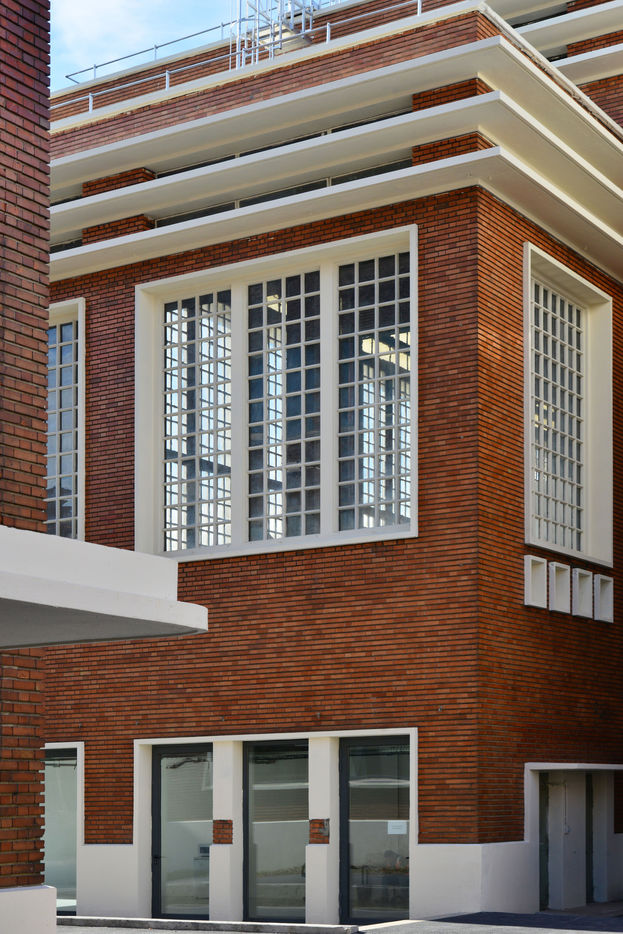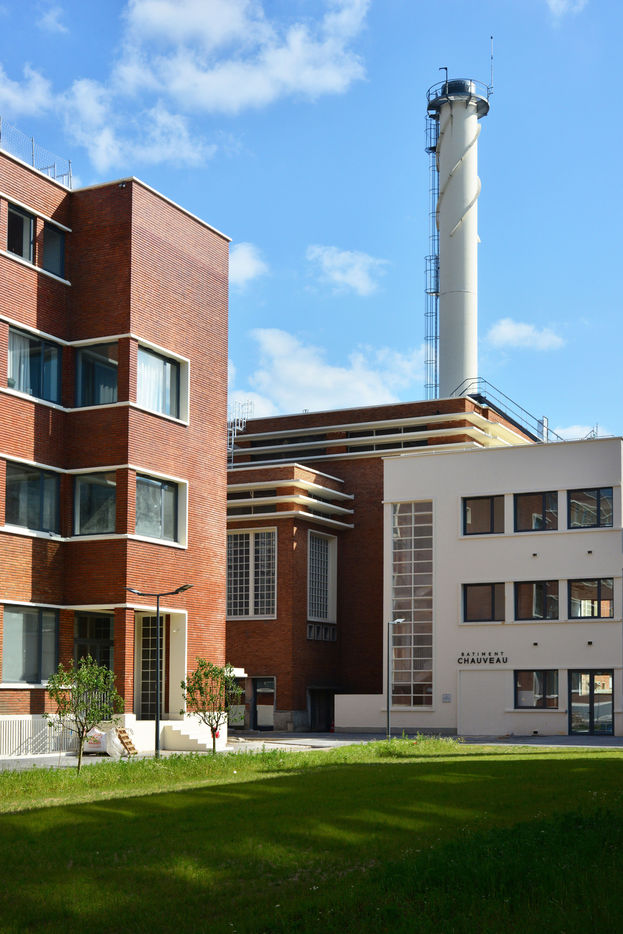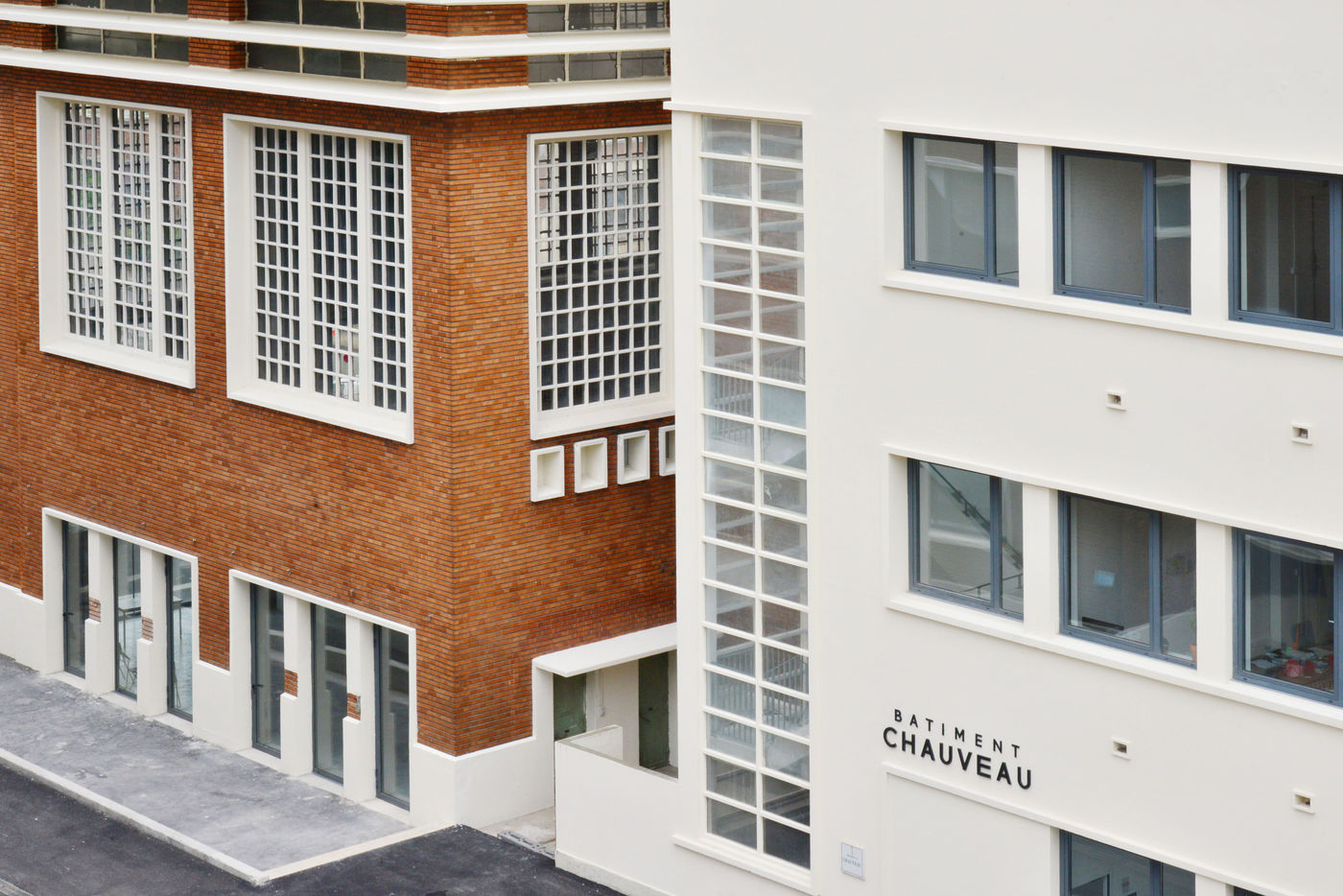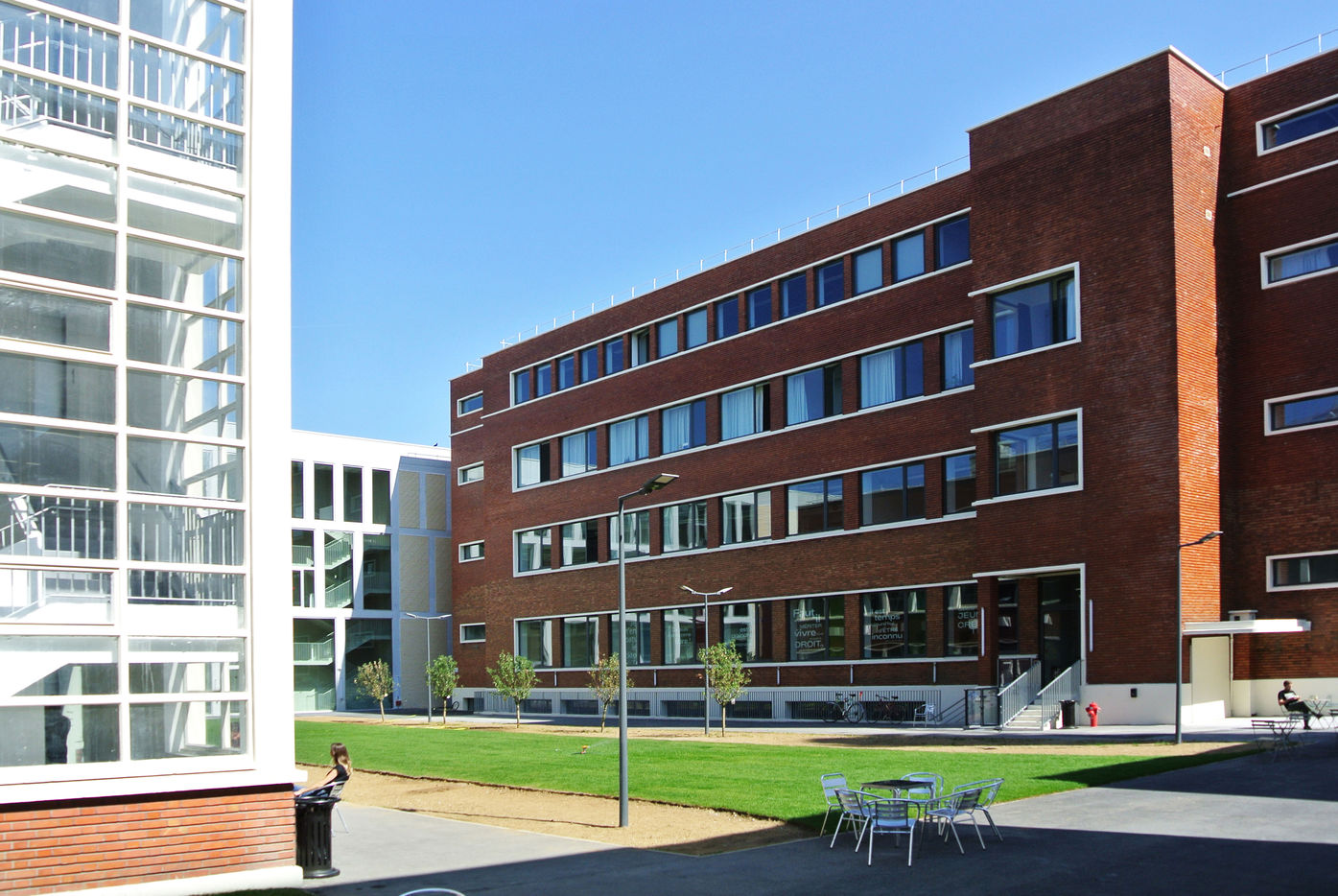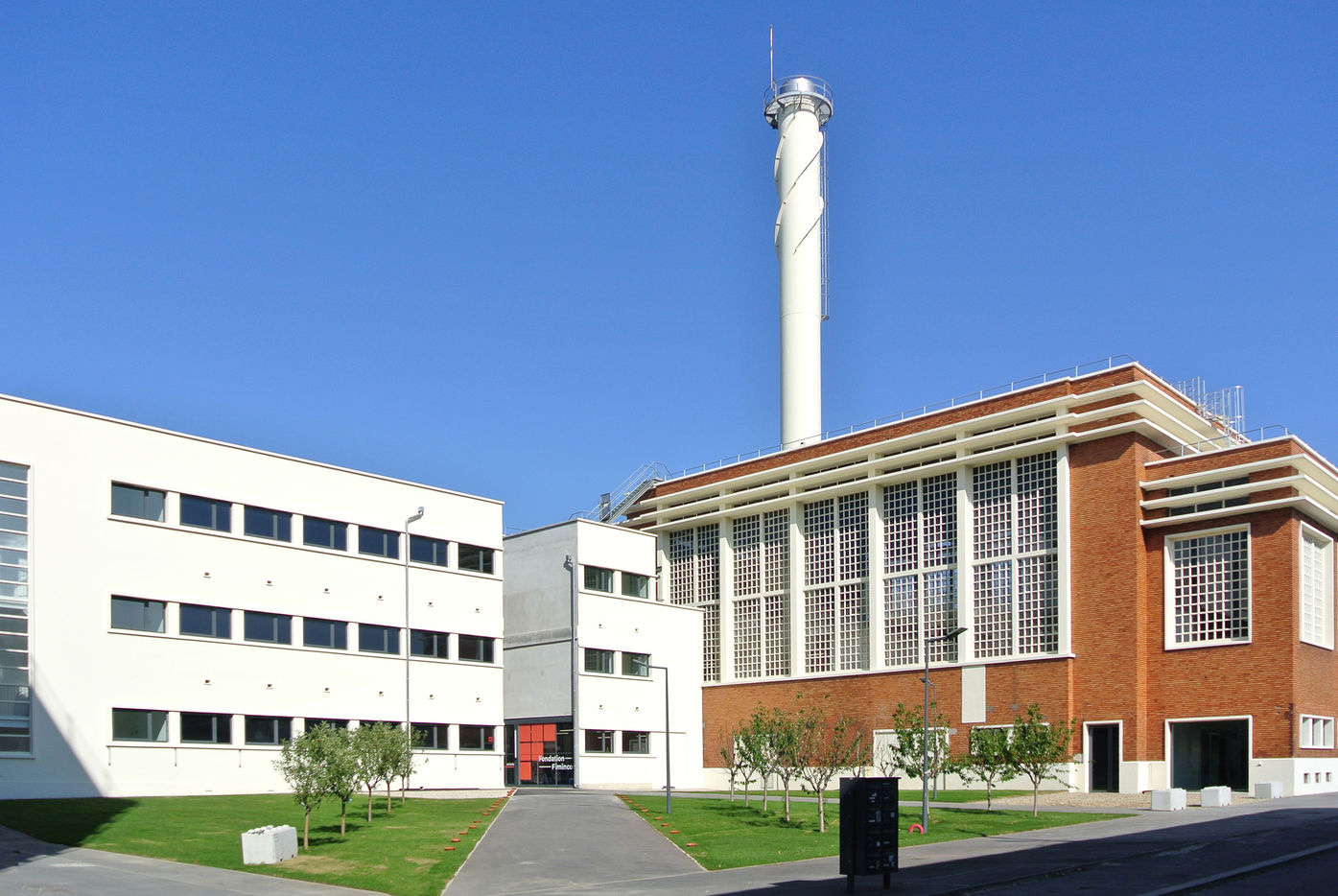FRANCE - ROMAINVILLE - A L'EST LA CULTURE
La Fondation Fiminco a transformé la friche industrielle des laboratoires Roussel-Uclaf en un quartier culturel de 11 000m². Dans les bâtiments, se sont installés des galeries d?art, des résidences d?artistes, la Chaufferie (impressionnant espace d exposition de 800m²), des ateliers photos, vidéos « Notre souhait est d offrir aux artistes un cadre idéal à la création où se croisent galeries, créateurs du monde entier, collectionneurs. Nous avons voulu leur donner tous les outils possibles pour qu ils puissent s exprimer et créer sans contraintes » explique Joachim Pfleiger, le directeur de la Fondation. Ce véritable laboratoire de la création contemporaine se veut grand ouvert au public avec un calendrier riche en expositions, projets éducatifs à destination des scolaires, rencontres et ateliers avec des partenaires tels que l association « L Art en Partage ». Le FRAC permet au public, par exemple, de choisir les oeuvres qu il souhaite voir exposer grâce à son site internet. Le bâtiment Chauveau, qui abritait une partie de l administration de Roussel-Uclaf, accueille désormais le siège de la Fondation et la galerie Jocelyn Wolff. A droite, le bâtiment Carrel (aujourd hui Barot) est dédié aux résidences, à l école Parson Design et Mode et à la maison d impression Après Midi Lab. A gauche, le bâtiment Nocard abrite les galeries In Situ, Sator, Air de Paris qui, avec Jocelyn Wolff, communiquent sous le label « Komunuma ». En face, les réserves du FRAC.
Un fleuron de l architecture industrielle
Les laboratoires Roussel-Uclaf font partie du patrimoine industriel de l Est parisien. Alors en charge des chevaux de la Compagnie générale des Omnibus de la ville de Paris, installée à Romainville, le vétérinaire Gaston Roussel élabore, en 1909, un sérum contre l'anémie. Issu du sérum de cheval, ce fortifiant va donner naissance à l un des plus grands groupes pharmaceutiques mondiaux qui mettra au point, entre autres, la première pilule abortive. A la fin des années 1920, les écuries comptent 1400 chevaux. L installation d un manège et d enclos rappelle plus un haras normand qu un laboratoire. La construction d un porche monumental, orné d une horloge, achève l ensemble. C est aujourd hui l entrée du centre commercial Paddock, ouvert fin 2019. En 1947, Roussel-Uclaf crée la Société française de pénicilline (SOFRAPEN) dont les bâtiments sont confiés à Jean Barot, spécialiste de l architecture industrielle.
FRANCE - ROMAINVILLE - EAST OF PARIS, NEW CULTURAL PLACE
The Fiminco Foundation has transformed the industrial wasteland of the Roussel-Uclaf laboratories into an 11,000m² cultural district. In the buildings, art galleries, artists' residences, the Chaufferie (an impressive 800m² exhibition space), photo and video workshops have been installed... "Our wish is to offer artists an ideal setting for creation where galleries, creators from all over the world, and collectors can meet. We wanted to give them all the tools they need to express themselves and create without constraints," explains Joachim Pfleiger, the Foundation's director. This true laboratory of contemporary creation is open to the public with a rich calendar of exhibitions, educational projects for schools, meetings and workshops with partners such as the association "L'Art en Partage". The FRAC allows the public, for example, to choose the works they wish to see exhibited thanks to its website. The Chauveau building, which used to house part of the administration of Roussel-Uclaf, now houses the headquarters of the Foundation and the Jocelyn Wolff gallery. On the right, the Carrel building (now Barot) is dedicated to residencies (18 international artists have just been selected there), to the Parson Design and Fashion school and to the printing house Après Midi Lab. On the left, the Nocard building houses the galleries In Situ, Sator, Air de Paris which, with Jocelyn Wolff, communicate under the label "Komunuma". Opposite, the reserves of the FRAC.
A jewel of industrial architecture
The Roussel-Uclaf laboratories are part of the industrial heritage of eastern Paris. In 1909, Gaston Roussel, a veterinarian in charge of horses for the Compagnie générale des Omnibus de la ville de Paris, located in Romainville, developed a serum to combat anemia. Made from horse serum, this tonic gave birth to one of the world's largest pharmaceutical groups, which developed, among other things, the first abortion pill. At the end of the 1920s, the stables had 1400 horses. The installation of a riding arena and paddocks is more reminiscent of a Norman stud farm than a laboratory. The construction of a monumental porch, decorated with a clock, completes the ensemble. It is now the entrance to the Paddock shopping center, which will open in late 2019. In 1947, Roussel-Uclaf created the Société française de pénicilline (SOFRAPEN) whose buildings were entrusted to Jean Barot, a specialist in industrial architecture.
